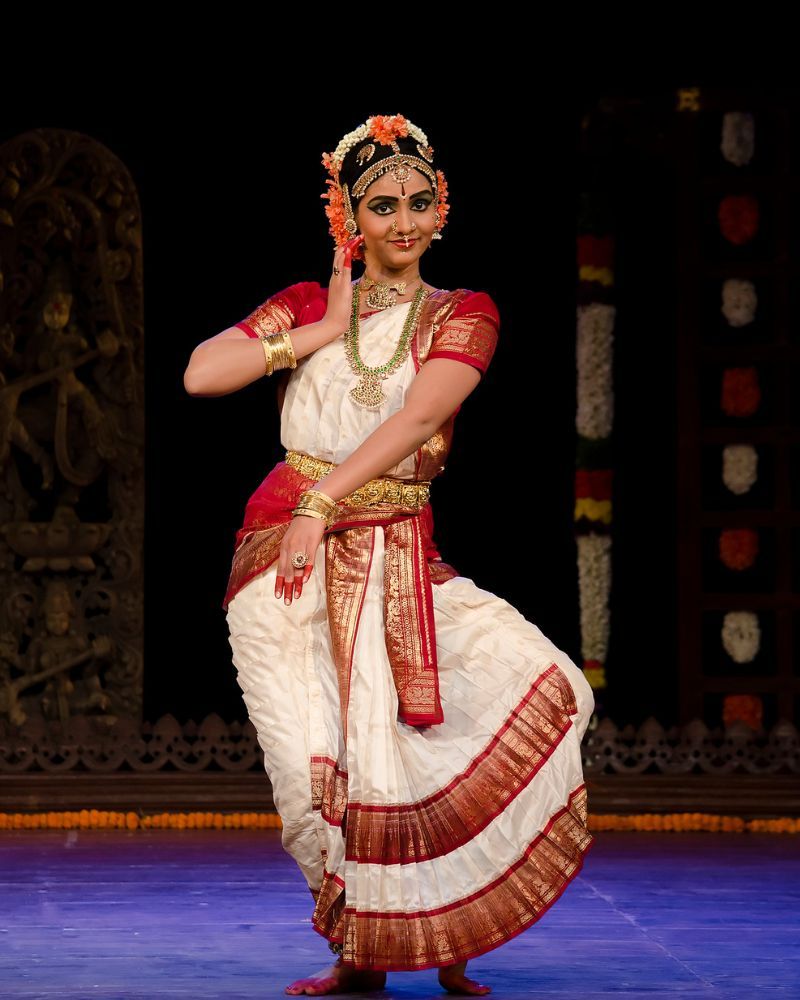Odissi: The Enchanting Dance of Grace and Devotion

Odissi, one of the oldest and most graceful classical dance forms of India, originates from the eastern state of Odisha. Rooted in devotion and spirituality, Odissi is a mesmerizing blend of rhythm, expression, and storytelling. Characterized by its fluid movements, intricate footwork, and sculpturesque poses, this dance form captivates audiences with its beauty and elegance.
Historical Origins and Evolution
Odissi traces its origins to ancient temple traditions, where it was performed as a form of devotion to Lord Jagannath and other deities. Dating back to at least the 2nd century BCE, this dance was initially performed by Maharis (female temple dancers) as a sacred offering. The dance was deeply linked to spiritual rituals, temple sculptures, and the teachings of the Natya Shastra, an ancient Sanskrit text on performing arts.
With the decline of temple traditions and colonial influences, Odissi faced a period of decline. However, in the mid-20th century, dedicated scholars and dancers, such as Guru Kelucharan Mohapatra and Guru Pankaj Charan Das, revived the art form, bringing it to national and international stages.
Elements of Odissi Dance
Odissi is known for its graceful movements, lyrical expressions, and storytelling. It follows a distinct technique that includes:
- Tribhangi (Three-Bend Posture)
- The body is divided into three sections—head, torso, and lower body—creating a curved and fluid stance that is unique to Odissi.
- Chowka (Square Stance)
- A firm, grounded posture that symbolizes strength and stability, resembling the stance of Lord Jagannath.
- Mudras (Hand Gestures)
- Odissi uses intricate hand gestures to narrate stories from Hindu epics like the Ramayana and Mahabharata.
- Abhinaya (Expression)
- Facial expressions play a crucial role in conveying emotions and storytelling, making Odissi highly expressive.
A traditional Odissi performance includes both Nritta (pure dance) and Nritya (expressive dance). It often begins with Mangalacharan (an invocation to the gods), followed by rhythmic dance sequences, expressive storytelling, and concludes with a vibrant Moksha, symbolizing spiritual liberation.
Costume and Aesthetic Beauty
The Odissi costume is elegant and inspired by temple sculptures. Dancers wear silk sarees with intricate borders, draped in a unique style that allows for graceful movements. Traditional silver jewelry, including necklaces, bangles, and waistbands, enhances the beauty of the performance. A striking headpiece made of white Sholapith (pith flowers) represents the temple architecture of Odisha.
Music and Accompaniment
Odissi dance is performed to the melodies of Odissi classical music, which follows a distinct rhythmic pattern. The main instruments used are:
- Mardala – A traditional drum that sets the rhythm.
- Flute – Adds melodic depth.
- Veena – A string instrument used for classical compositions.
- Manjira – Small cymbals that enhance the beats.
Global Influence and Recognition
Odissi has gained worldwide recognition, with performances and academies established across India and abroad. Renowned dancers like Sonal Mansingh and Sujata Mohapatra have played a key role in popularizing the art form on international platforms. Today, Odissi continues to thrive, evolving while staying true to its rich heritage.
Odissi is more than just a dance—it is a spiritual and artistic experience that connects history, devotion, and grace. With its mesmerizing movements, expressive storytelling, and deep-rooted traditions, Odissi remains one of the most captivating classical dance forms of India. As it continues to enchant audiences worldwide, it stands as a proud symbol of Odisha’s rich cultural legacy.